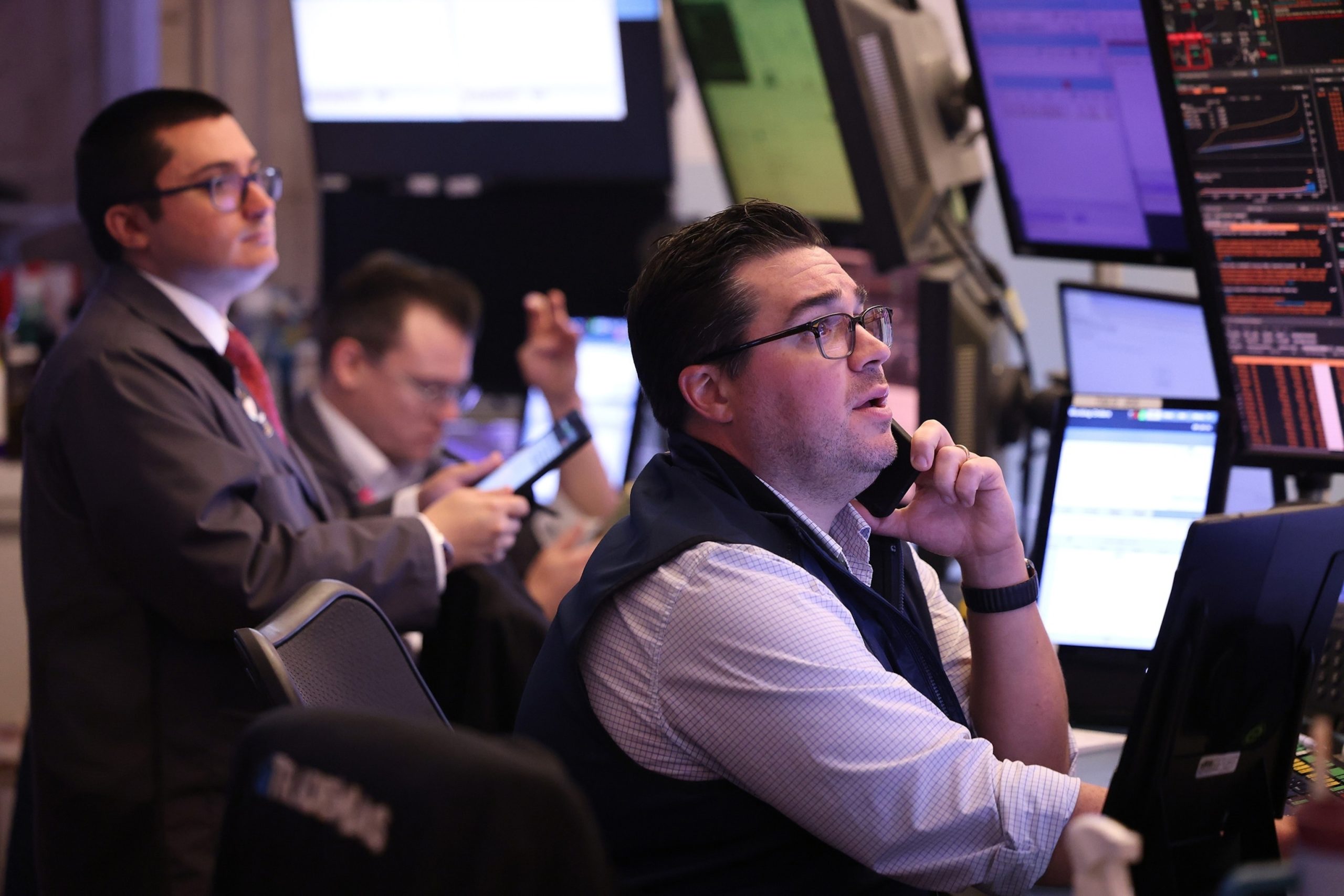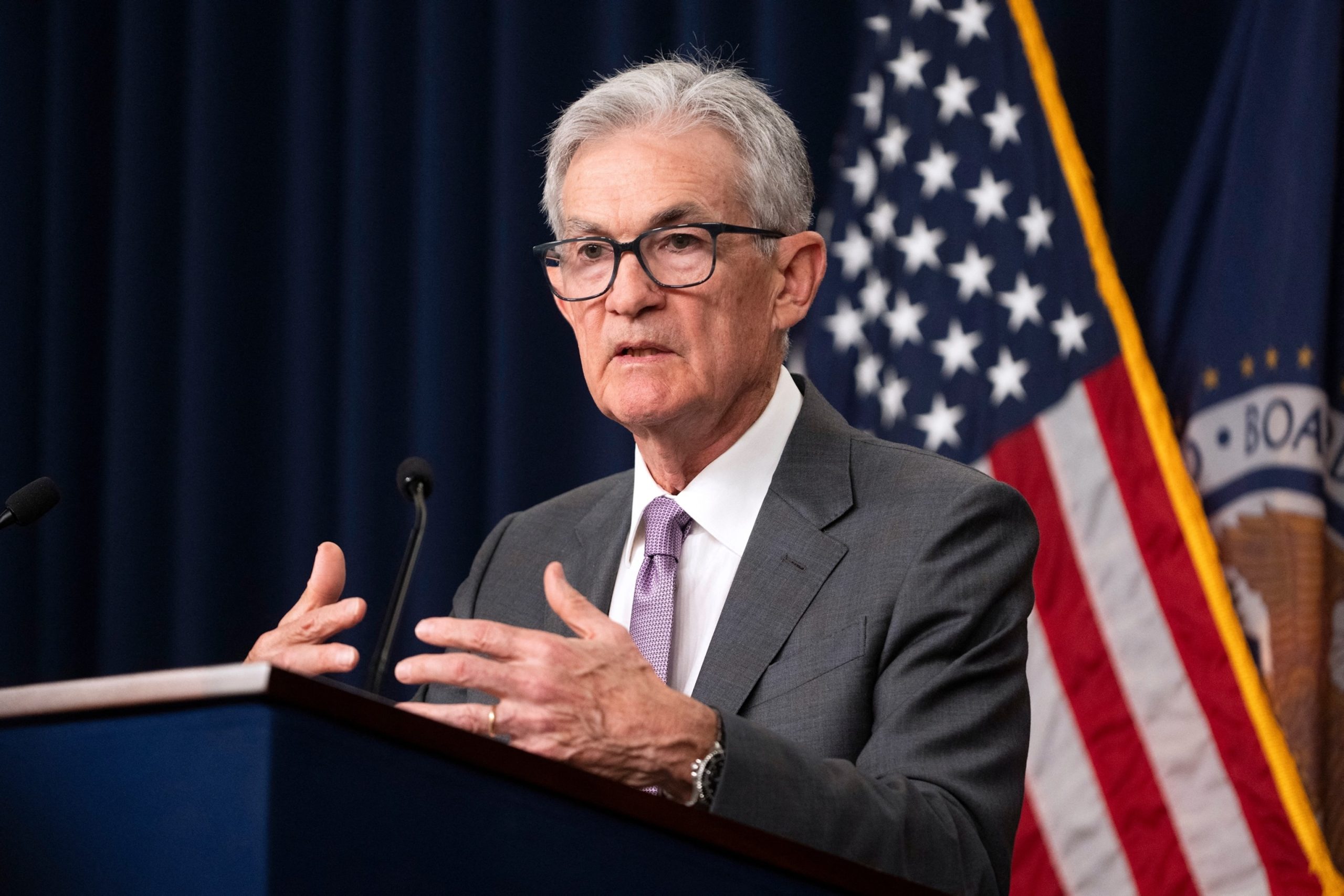Stock market turmoil earlier this month prompted some investors to ditch stocks in favor of an alternative typically viewed as safer but less exciting: bonds.
The renewed popularity of bonds follows months of heightened interest, since investors have sought to lock in high yields in anticipation of interest rate cuts at the Federal Reserve, experts told ABC News.
Lower interest rates would push bond yields downward and raise the value of pre-existing bonds obtained at a higher rate of return.
A surge in bonds has also coincided with a perception among some investors that equities have become overpriced, experts said.
“Investors have been interested in locking in higher yields before interest rates go down,” Reena Aggarwal, A professor of finance and director of the Georgetown Psaros Center for Financial Markets and Policy, told ABC News.
Bonds are essentially loans made by investors to corporations or governments. The price of a bond moves in the opposite direction as its yield, or the amount of interest accrued by a bondholder. In other words, when bond yields go down, bond prices go up.
Yields are heavily influenced by interest rates set by central banks, since the cost of borrowing determines how much interest an investor can charge a government entity or corporation in exchange for his or her loan.
Starting in 2022, a series of interest rate hikes at the Fed sent bond yields surging. That meant investors could obtain relatively high rates of return at low prices, Adam Lampe, CEO of Mint Wealth Management, told ABC News.
“For the first nearly 20 years of my career, bonds were boring,” Lampe said. “In the last couple years we were able to buy a lot of bonds at discount.”
At the outset of this year, however, the Fed forecasted three interest rate cuts, citing progress in its fight to bring down inflation. But price increases accelerated over the early months of 2024, prompting the Fed to all but abandon those cuts.

Traders work on the floor of the New York Stock Exchange during morning trading August 12, 2024 in New York City.
Michael M. Santiago/Getty Images
In recent months, good news in the inflation fight has brought the Fed back to the brink of an interest rate cut. The expectation of a coming interest rate has added urgency to the bond market, Lampe said.
“The window is closing very quickly,” Lampe added. “We’re at the peak, so bond values have the potential to go down.”
The chances of an interest rate cut at the Fed’s next meeting in September are all but certain, according to the CME FedWatch Tool, a measure of market sentiment. Market observers are split roughly down the middle about whether the Fed will impose its typical cut of a quarter of a percentage point or opt for a larger half-point cut.
“The more that rates are cut, bond prices will go up higher but bond yields will go down lower,” said Aggarwal.
Bonds also offer investors a relatively safe option in the event of a possible recession, some experts said.
A disappointing jobs report earlier this month raised concern that the economy may be slowing down faster than previously known.
The unemployment rate has soared this year from 3.7% to 4.3%. That trend has triggered a recession indicator known as the “Sahm Rule,” which says that a rise of 0.5 percentage points in the unemployment rate within a 12-month period typically precedes a recession.
Bonds provide investors with fixed, predictable returns, sheltering them from a potential downturn in the stock market if economic performance cratered, Yiming Ma, a finance professor at Columbia University Business School, told ABC News.
“The economy is slowing down and the risk of a downturn is going up,” Ma said. “That is usually when investors want to seek something safer.”
In recent years, there has been a noticeable shift in the investment landscape, with more and more investors turning to bonds as a preferred investment option. This trend has not gone unnoticed by experts in the financial industry, who have been closely monitoring the increasing popularity of bonds among investors.
One of the key reasons for the rising interest in bonds is the current low interest rate environment. With central banks around the world keeping interest rates at historically low levels, investors are finding it increasingly difficult to generate meaningful returns on their investments. In this environment, bonds have become an attractive option for investors looking for stable and predictable income streams.
Another factor driving the popularity of bonds is their perceived safety and stability. Unlike stocks, which can be highly volatile and subject to sudden price fluctuations, bonds are generally considered to be a more stable investment option. This makes them particularly appealing to risk-averse investors who are looking to protect their capital and generate steady returns over time.
Furthermore, bonds offer investors a way to diversify their investment portfolios and reduce overall risk. By including bonds in their investment mix, investors can spread out their risk across different asset classes and potentially improve their overall risk-adjusted returns.
Experts also point to the growing demand for income-generating investments as a key driver of the increasing popularity of bonds. With an aging population and a growing number of retirees looking for reliable sources of income, bonds have become an attractive option for investors seeking regular interest payments.
In addition, the rise of exchange-traded funds (ETFs) and other bond funds has made it easier for individual investors to access the bond market and build diversified bond portfolios. These investment vehicles offer investors a convenient way to invest in a broad range of bonds, including government bonds, corporate bonds, and municipal bonds, without having to purchase individual bonds themselves.
Overall, experts agree that the increasing popularity of bonds among investors is a reflection of the current economic environment and the changing needs and preferences of investors. As interest rates remain low and market volatility persists, bonds are likely to continue to play a key role in investors’ portfolios as a source of stability, income, and diversification.



